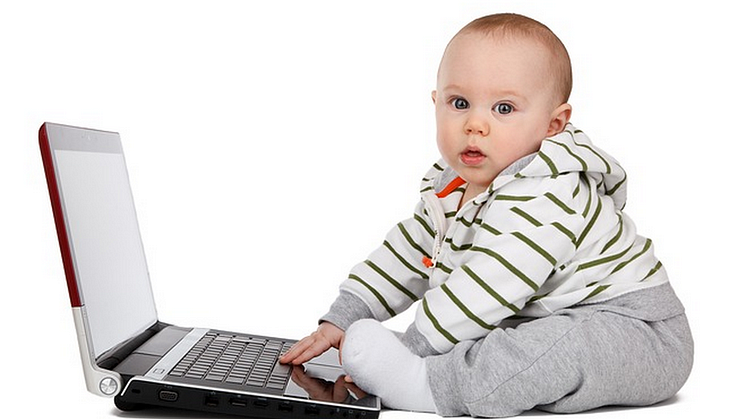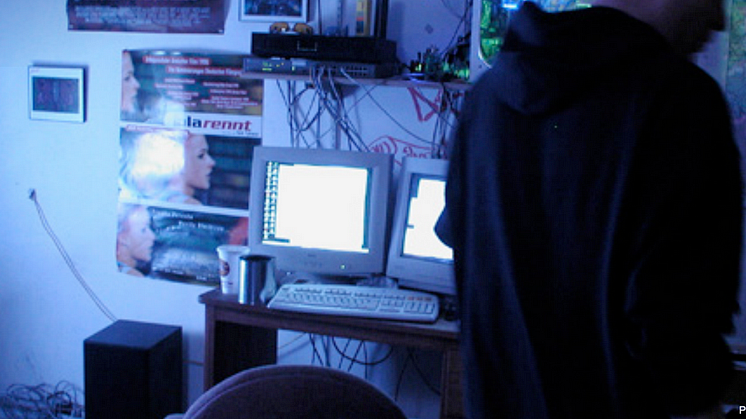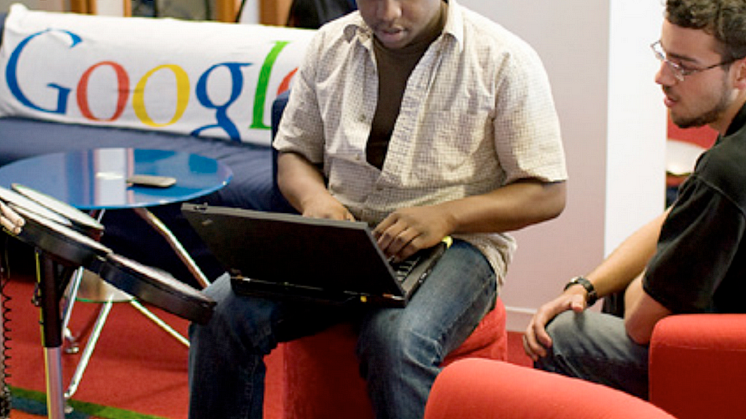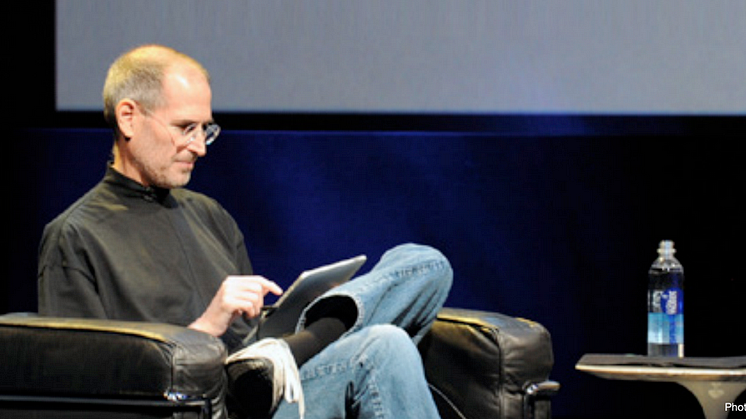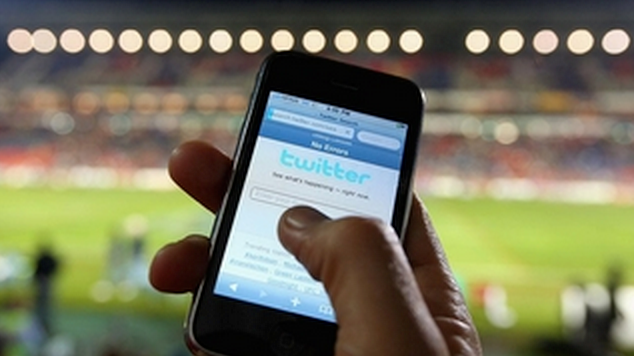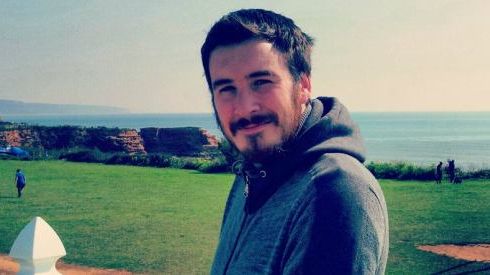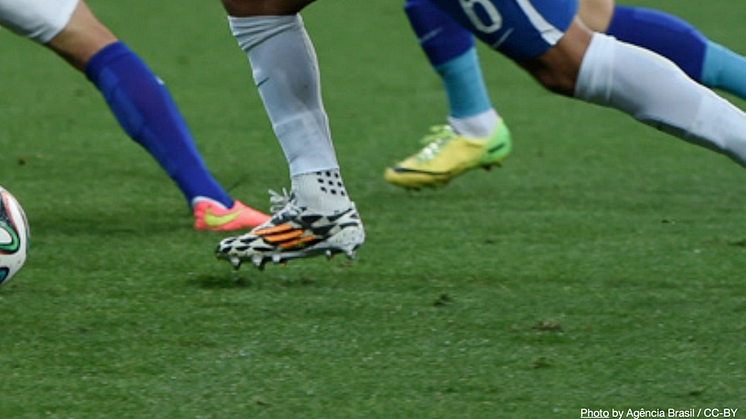
Blog post -
Battling to win the social media game: Adidas & Nike and the 2014 World Cup
Well before a single ball was kicked in the 2014 World Cup, the scene was set for a similar sized battle to take place off the pitch, between brands - specifically between those who were official sponsors and those who were not. With social media use having exploded since the previous World Cup, sports retailer rivals Adidas and Nike both knew this was where a significant part of the battle would be won, or lost. Historically coming out on top at events like the World Cup or Superbowl were always about which brand had the money to buy the most prominent spot or secure the highest profile sponsorship deal and while traditional marketing channels remain important to sales, social networks can offer a direct route to the consumer.
Adidas has been the official sponsor of the World Cup since 1970 and in 2013 the brand extended this deal to 2030. As part of the agreement Adidas provide the match balls and uniforms for all official volunteers plus their branding is around every match stadium. While they haven’t officially confirmed the cost of their sponsorship deal it is widely thought to be around $100m per tournament. This strong starting position coupled with the fact that Adidas has much more of a heritage in the sport of football means that in theory they should have been going into the tournament as the favourites. Although Nike is number one in terms of its share of the overall global sportswear market, when it comes to football specifically, Adidas is out in front with sales of $2.7 billion in the financial year 13/14 as compared to $2.3 billion for Nike. But any marketer would be a fool to underestimate the ability of a brand like Nike to rush in and steal the limelight.
Battling on the pitch and online
Nike took on the official sponsor head on by sponsoring more individual teams than Adidas (they sponsored 10 to Adidas’ 9) and more individual star players. They also poured money into the online arena, producing massively popular campaigns such as Risk Everything, which was judged by one social measurement company to be the most viral campaign of the 2014 World Cup. When it came to the main social networks, they also started from a position of dominance; going into the tournament Nike had almost double the number of Facebook fans and Twitter followers than Adidas. Added to this social media supremacy it was generally accepted that Nike had the benefit of being an inherently ‘cooler’ brand that certainly appealed more to the younger demographic.
Of course having spent so much money securing their position as the official sponsors Adidas were never going to let Nike steal their limelight without a fight. They set up a ‘real-time engagement’ team in an office in Rio in order to ensure they were as agile as possible on social media, able to quickly react to whatever was happening in and around matches, posting lots of content and engaging on Twitter and other platforms. Even the Brazuca matchball had its own Twitter account, which during the tournament attracted over 2m followers.
Luck and good judgment
Once the World Cup was underway it seemed initially that Nike’s strategy to elbow its way in was paying dividends. Reports started to pop up suggesting that it was in the lead in terms of social media mentions and certainly views of its unofficial World Cup campaign videos were way out in front (their ‘lead’ in terms of video views was maintained for the duration). However, as the tournament progressed it was not so clear that Nike was going to succeed in coming out on top. Adidas continued to work hard at real-time engagement and on the pitch they struck lucky as the official sponsor of both teams in the final, plus being the sponsor of two of those teams’ star players - Lionel Messi and Mesut Ozil.
By the close of the tournament both brands claimed victory in the off-pitch brand marketing war. However subsequently several analysts suggested that Adidas had managed to hold its ground and fend Nike off.
Ultimately of course, the proof of success comes in the form of profits and share price. Without an inside view it can be difficult to extrapolate the exact impact on the bottom line but some observers have suggested that Nike’s bold approach succeeded and has helped them make a valuable land grab in the highly competitive world of sportswear marketing.


